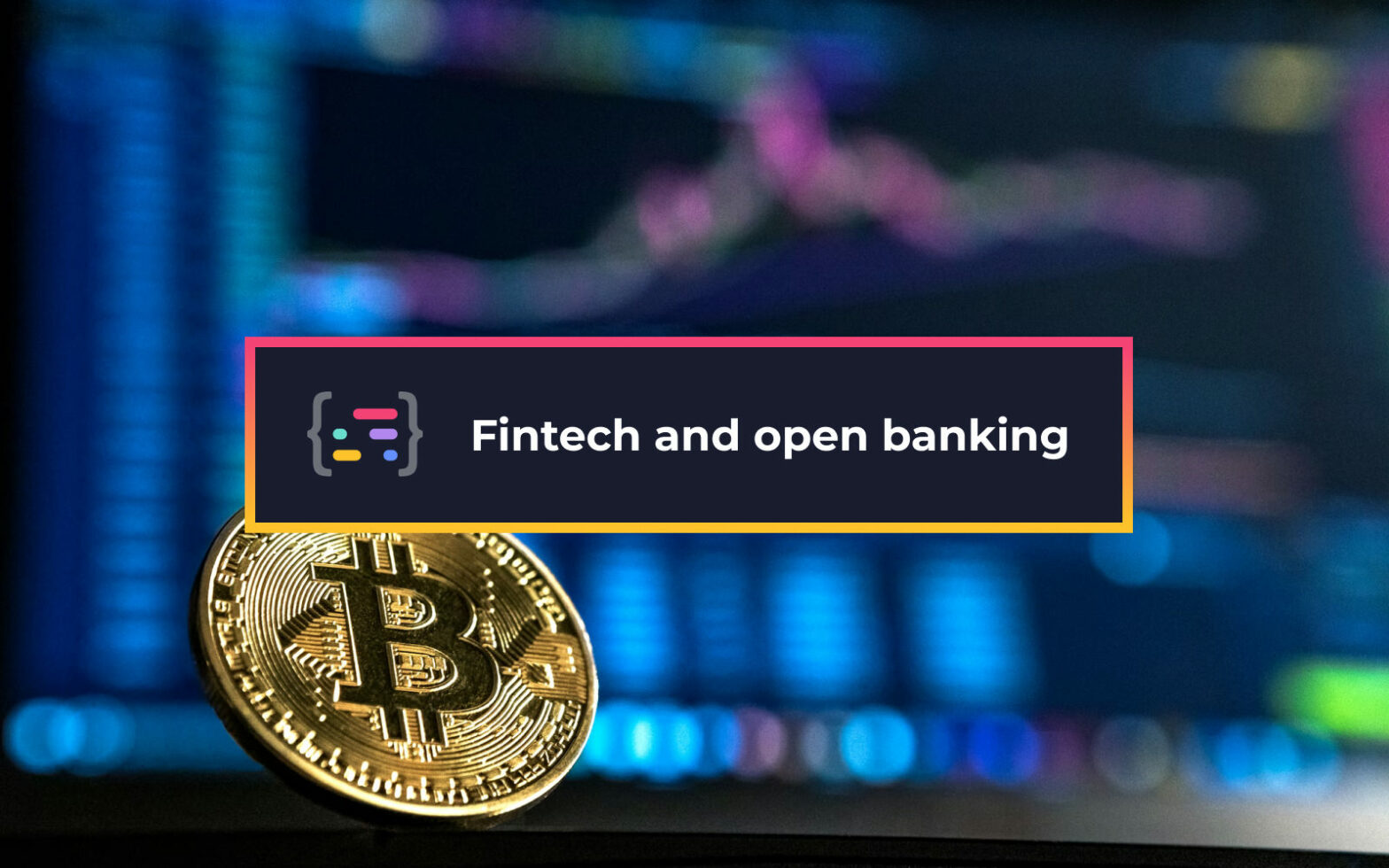Buying and selling is such an important part of modern life that we often take it for granted, but it wasn’t always as easy as swiping a credit card or tapping on a smartphone.
From early forms of currency like cattle and shells, mankind’s methods of transferring value have evolved quite a bit since the Stone Age. Although it took thousands of years for us to shift away from coins to paper money, modern financial tech is evolving so fast that it’s tough to keep up. In this blog post, we will briefly review humanity’s earliest forms of money and the long path we took to get to the modern age before diving into cutting-edge technology like open finance and blockchain. Finally, we will finish up by speculating about what the future of money might look like and where we go from here.
The Birth of Money
At the dawn of human history, cooperation was key to survival. Members of tribes had to work together, but different tribes also had to find ways to coexist and cooperate with each other. Attacking another village could be very profitable, but peaceful trading was much less risky and dangerous. Naturally, tribes living close to the water would want to trade their fish with tribes who made clay pots or tended to livestock—each trading partner would get things they did not produce themselves. The difficult part was deciding how many fish were equal to a clay pot. Some of the earliest ways to settle these kinds of transactions included pricing the goods in cowrie shells.
However, trading with shells proved to be quite problematic, too. For starters, anyone could just go out and gather some more shells, growing instantly “wealthier” without much effort. Further, shells ranged widely in size and shape, so it wasn’t always easy to agree on the value of any single shell. Money needed to be difficult to make and yet easy to compare.
Coinage and Early Banks
Humanity’s next big monetary leap came in the form of coins. The first gold and silver coins were minted in modern-day Turkey around the 6th century BCE, but quickly spread around India and the Mediterranean. By the 3rd century BCE, coinage had spread as far as China and would grow to become the dominant form of payment and transaction in major cities around the Old World. What was it about coinage that made it so popular? First of all, precious metals like gold and silver are rare and must be mined out of the ground, so the average person can’t just go out and get more. Second, when the metal was melted down, it was cast into a uniform shape and stamped with the seal of the ruler or local god, so the value of each coin was easily comparable. This made it much simpler for traders to do business.
Coinage was perfect for smaller transactions like buying food or clothing but became burdensome and even dangerous for bigger purchases. Large amounts of coin were extremely challenging to transport, not only because of the sheer weight of the gold and silver, but also because of bandits and thieves. This problem led to the creation of some of the earliest forms of banking. Muslim merchants would travel for months at a time carrying large sums of gold to buy products from other lands. Around the 9th century, these traders began to buy goods using “saqq,” or written vows to pay when the goods were delivered, not when they were ordered. During the Crusades, a group known as the Knights Templar built a network of banks around the Mediterranean. Warriors, merchants, and pilgrims traveling to the Holy Land could deposit their gold in Paris and withdraw it in Jerusalem, keeping it safe during the treacherous journey in between. These ideas would go on to become the foundation of modern finance.
The Rise of Paper Money
“Merchant banks” in Italy lent gold to farmers by using the upcoming harvest as collateral. However, some of their clients soon began trading the farming debt as well as the crop itself. This system became so sophisticated that some merchant banks made agreements to accept bills of exchange from partner banks, cashing in these pieces of paper for gold. The next big leap occurred in London in the early 17th century, when goldsmiths began offering their clients ways to securely store gold. When a customer made a deposit with a goldsmith, they received a receipt with their name and the amount of the deposit. Because these receipts could be redeemed at any time for gold stored safely in a London vault, the receipts were used for trade in place of the gold itself.
Over time, the goldsmiths noticed that many customers chose not to redeem their gold right away. They didn’t need to keep all of their customers’ gold in their vaults all the time. After a customer deposited gold, the goldsmiths could make even more money by loaning out some of the gold at interest. When goldsmiths began redeeming receipts from other goldsmiths, a huge wave of innovation followed. The goldsmiths began to make payments between themselves on behalf of their clients and extend lines of credit to the most trustworthy customers, forever changing the course of history.
Telegrams, Credit Cards, ATMs, and SWIFT
The first money transfer was sent courtesy of Western Union in 1872, and it immediately solved a major problem of transporting money. Suddenly, money could be sent across telegraph “wires” halfway around the world within hours. We still say that we “wired” money to someone. The concept of credit was beginning to take hold, too. Charge plates and charge coins issued by department stores in the United States allowed trusted customers to purchase goods and services on credit. American Express launched the first credit card in 1958, making credit available to average people, not just to the upper classes. Bank of America soon followed suit with their BankAmericard, which would go on to become Visa.
By the 1960’s, major banks all over the United States began issuing their own credit cards. This process was helped along by the invention of the magnetic stripe and the automatic teller machine (ATM). Debit cards were piloted in the 1970’s. The pesky problem of international transfers was tackled by the Society for Worldwide Interbank Financial Telecommunications (SWIFT), which launched in 1973. The Air Force was the first employer in the United States to use the Automated Clearing House (ACH) network to directly deposit salaries into employee bank accounts. Money was moving fast, but it was still bogged down by parts of the old system.
From Fiat to Digital Money
Although gold seemed to be a natural choice for money because of its intrinsic value, one emperor in China decided that money could be anything he declared it to be—if only his subjects could be convinced to believe it. Kublai Khan, the grandson of ruthless conqueror Ghenghis Khan, introduced paper money called chao in 1260. The journals of Marco Polo revealed that Kublai Khan killed anyone who didn’t use his paper money, but the time would come over 700 years later when the whole world would embrace this idea. Until 1971, foreign governments could exchange their US dollars for gold at $35 per ounce. However, due to massive inflation driven by global demand for the new world reserve currency, US president Richard Nixon formally announced that the US would no longer be fixing the dollar to the price of gold. From that point on, the US dollar would be backed by nothing more than the faith and credit of the United States government. That’s when the US dollar became a fiat currency (“fiat” means dictated by authority). However, the global economy continued to grow. Kublai Khan was right—people continued to use dollars for global trade because they were convinced that the dollar had value.
Fiat money is certainly convenient, but it still has many of the same problems as coinage. Paper money is relatively easy to counterfeit and large volumes of it still need to be safely stored in a vault. These problems contributed to the rise of digital money—money that doesn’t exist in a physical form at all. Our ability to agree on the value of computer code as a form of currency has unlocked tremendous benefits. With digital money, we can transfer value in seconds. We never have to worry about someone creating “counterfeit” money anymore. And money is now stored across distributed servers with complex firewalls and security systems. Even if a thief managed to steal a bank server, getting any money out of it would be nearly impossible without a team of computer programmers!
Fintech, Blockchain, Open Finance, and Beyond
Finally, we’ve come full circle to the modern age—when buying something or sending someone money is as easy as tapping on our smartphone. Even with all of our technological advancements, modern finance has shown us that the evolution of money is far from finished. From digital trading platforms like Robinhood to challenger banks with brilliant new business models like Revolut and startups that give microcredit to the masses like Klarna, fintech companies do all sorts of tremendous and disruptive things.
Blockchain-based cryptocurrencies like Bitcoin take the power of issuing and controlling money out of the hands of central banks and give it to the people. No one person or authority controls Bitcoin—the cryptocurrency is controlled by the miners, a diverse and global group of people and companies who maintain the network. With Bitcoin, digital money can be transferred across the world effortlessly in a matter of minutes. Ethereum smart contracts can be programmed to automatically send money when certain conditions are met, like when someone passes a credit check, for example.
Open Banking emerged in the United Kingdom in August 2016, when the UK’s Competition and Markets Authority forced the 9 largest banks in the country to allow licensed fintech startups to access customer transactions. This spurred a wave of similar activity around the world. The core idea behind open banking is for large financial institutions to share customer data with third parties via secure financial APIs. In 2018, Mexico passed its Fintech Law, which forced 2,300 Mexican financial institutions to share certain banking data with approved fintech companies. This exciting new technology has the power to unleash a fresh new wave of innovation. With open banking, new companies have formed that automatically verify income for lenders, conduct effective new KYC procedures, and offer radical time-saving solutions for tax preparation companies. More and more financial and transactional data is being made available in Latin America, driving what people are calling “Open Finance.”
Syncfy, Open Finance, and the Future of Money
Syncfy is building products that are helping drive the open finance boom in Latin America. By logging in to their online banking portal through Syncfy Connect, our clients’ users can get approved for loans in minutes, confirm their identities, and use secure and powerful tools to help them manage their finances—to name a few benefits. Connect also ties together credit cards, utilities, payment providers, blockchains, and digital wallets for a total financial management solution.
To reduce corruption and increase efficiency, Latin American governments like Mexico and Argentina have mandated all businesses to submit e-invoices of all their financial activities. Syncfy Fiscal enables customers to manage all their e-invoice records. With one connection to the Syncfy Stamping API, our clients can connect to multiple e-invoice PAC providers and switch between PAC providers without changing a line of code. Syncfy Payments gives our clients the flexibility to accept payments in fiat and cryptocurrency directly from their website.
The future looks bright, too. We are working hard to bring the two worlds of open finance and cryptocurrency together, enabling maximum efficiency and transparency for years and decades to come. Our mission is to make money move at the speed of the future.

